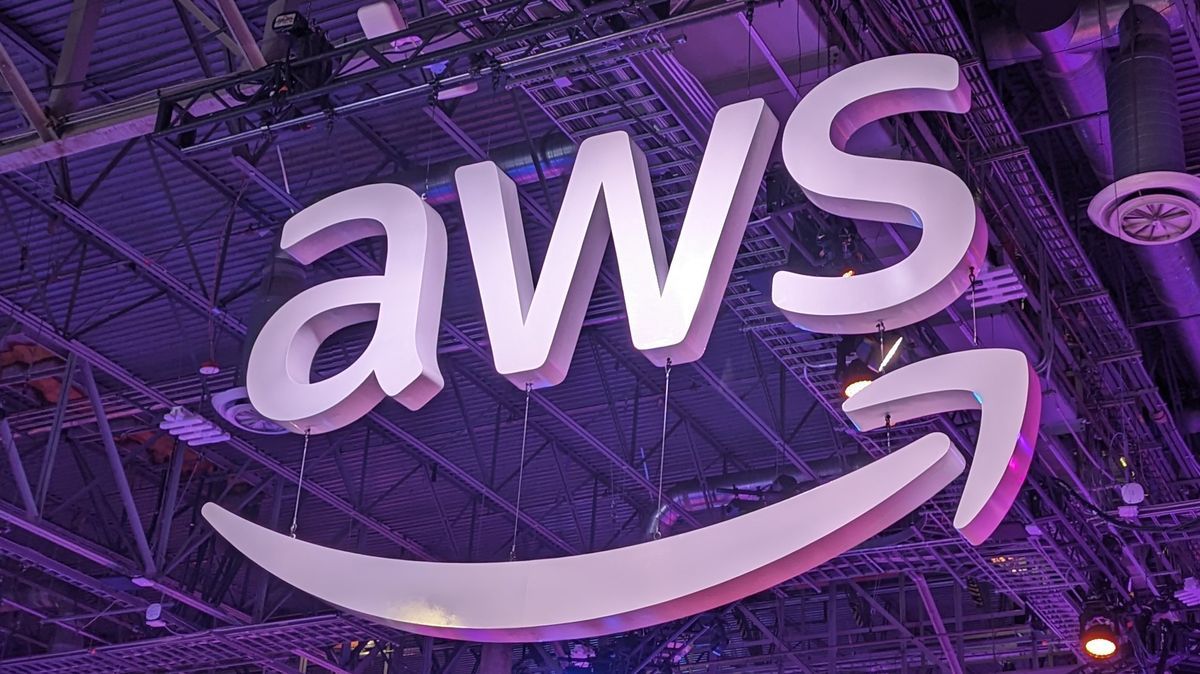Market intelligence firm Liftr Insights has spotted a new Amazon Web Services cloud provider instance with a mammoth core count of 896, putting it well above rival offerings from Azure and Tencent.
What is important to keep in mind, and as discovered by a Tom Hardware Reader, these cores are likely derived from 8-CPU, 56-core Intel Sapphire Rapids configurations, effectively using hyperthreading to achieve 2 vCPUs per physical core.
Using vCPUs allows cloud providers like AWS to offer scalable, flexible and powerful computing resources to handle applications that require significant computing power, such as intensive database operations or data analysis, but the new instance still only offers 448 physical cores, which is the same as what AWS has offered since May 2021.
Showing demand
The cost of renting this server is more affordable than you might expect, and Liftr suggests prices will range from $150 to over $400 per hour, with an average of $263.10. These instances are especially suited for demanding database applications such as SAP Hana and Oracle, justifying their higher pricing tiers due to the performance improvements they offer.
Tab Schadt, CEO of Liftr, notes: “It is not advantageous for AWS to implement solutions that do not sell, especially at these prices. They invest a lot of time and money in their market intelligence. Other companies can benefit from their research into what they are offering and where they offer them at a fraction of that cost.
Initially launched on the east and west coasts of the US, as well as internationally in Seoul and Sydney, the rapid global launch of this new instance indicates strong global demand.
Intel's Sapphire Rapids Xeon certainly dominates for now. AMD's top offering maxes out at 512 vCPUs with its 128-core CPUs, limited to dual-socket configurations. However, the upcoming AMD Zen 5C EPYC processors are expected to support up to 768 threads, which could close the gap with Intel.
Schadt anticipates future growth in this high-performance sector, saying: “Perhaps we will see larger instances in the near future, showing even greater demand for high-performance workloads. At the very least, we'll be watching to see if and when Azure or other cloud providers respond in kind.”









